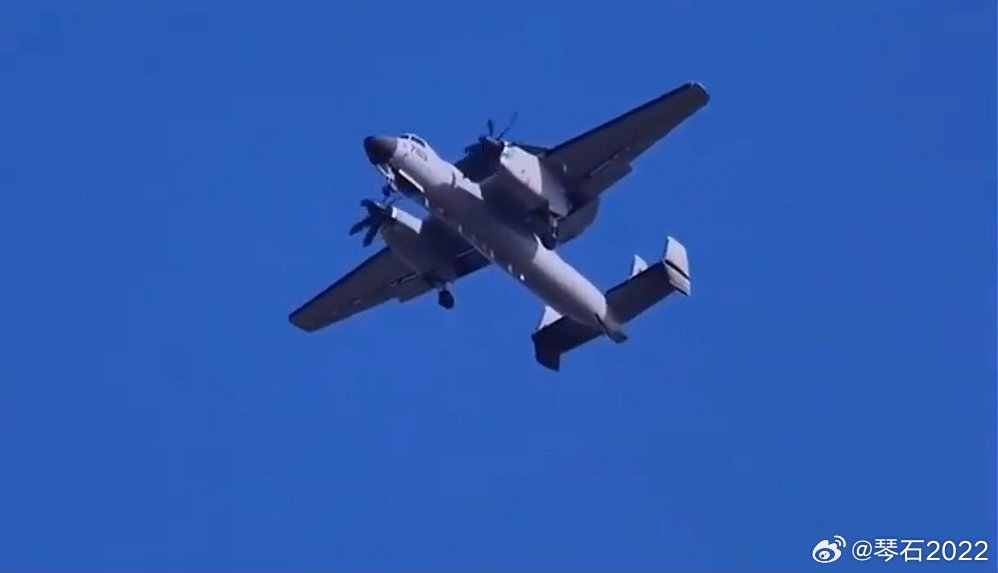SOURCE: IDRW.ORG TEAM.


While the Indian Navy ultimately chose a different path, China’s People’s Liberation Army Navy (PLAN) is gearing up for its future aircraft carriers with the KJ-600, a deck-based Airborne Early Warning and Control (AEW&C) aircraft.
Before the KJ-600’s emergence, the Indian Navy explored the possibility of using the Northrop Grumman E-2 Hawkeye for its upcoming Indigenous Aircraft Carrier (IAC), envisioned as a 65,000-ton behemoth. Negotiations in the early 2000s involved the potential acquisition of six E-2 Hawkeye aircraft, planned for operation on both the INS Vikramaditya and the IAC.
However, the E-2 Hawkeye presented some significant hurdles. Its size posed challenges for India’s planned aircraft carriers, which lacked a catapult launch system. Additionally, the Hawkeye’s performance was reportedly hampered in specific light conditions, reducing its endurance from five hours to just one.
By 2005, the Indian Navy decided against pursuing the E-2 Hawkeye. This decision likely stemmed from a combination of the aforementioned limitations and the potential availability of alternative solutions.
Meanwhile, China has been developing its own carrier-based AEW&C solution – the KJ-600. This twin-propeller, high-wing aircraft boasts a large dorsal radome, indicative of a powerful radar system for early warning and control. Designed for deployment on China’s Type 003 aircraft carriers, the KJ-600 is expected to significantly enhance the PLAN’s aerial situational awareness and command capabilities.
While India opted for a different approach, the presence of both the KJ-600 and potential future Indian carrier-based AEW&C solutions highlights the growing importance of aerial early warning capabilities in Asian maritime security.
NOTE : Article cannot be reproduced without written permission of idrw.org in any form even for YouTube Videos to avoid Copy right strikes. Websites doing illegal reproductions will get DMCA and Legal Notices.